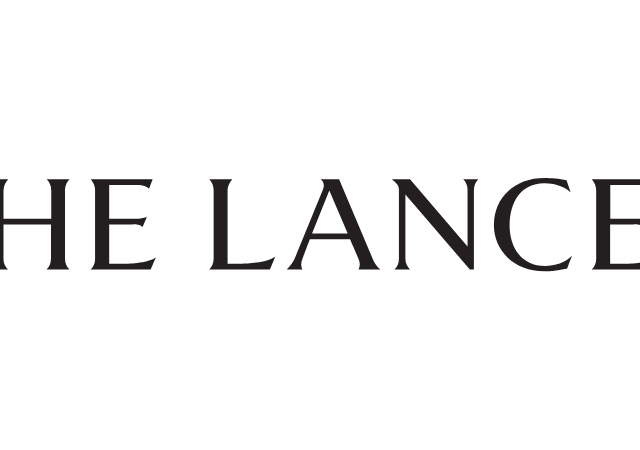“Much of the global community is not yet ready for COVID-19 [coronavirus disease 2019]”.
1 This is arguably one of the most resonating phrases in the Report of the WHO-China Joint Mission on Coronavirus Disease 2019
1 released publicly on Feb 28, 2020. Major transmission hotspots were brought under control in China, but subsequently others sprouted across the globe. Since late February, 2020, the daily number of new cases has been higher in other parts of the world. New major epicentres have established in South Korea, Japan, Iran, and Italy. By mid-March, 2020, Europe was declared the world’s major epicentre.
China implemented extraordinary public health measures at great socioeconomic cost, moving swiftly and decisively to ensure early identification of cases, prompt laboratory testing, facility-based isolation of all cases, contact tracing, and quarantine.
2
In the community, mobility was at a near standstill, with social distancing implemented at a grand scale. China’s massive transmission rates called for extreme measures, and the measures were successful.
The call is now for the rest of the world to ramp up its response, but regrettably, it is evident that the global community is not ready in its mindset or capacity. A differentiated risk-based containment strategy is needed based on the different stages of the outbreak, with different measures during the different phases of the response. Countries with no or few identified cases and only limited local transmission need to invest in aggressive case detection by testing for COVID-19 in all atypical pneumonias and all cases of acute respiratory infection. A wide net should be cast on contact tracing with legally enforced implementation. Singapore managed to contain COVID-19 with such measures but without lockdown or major social disruption by maximising all efforts to interrupt new transmission chains and keeping clusters under control.
3Countries with widespread community transmission need to follow the China approach, with wide-reaching (and possibly unpopular) mobility restrictions, limited social interaction, and cancelled gatherings. People should be strongly encouraged to stay home and work from home when possible. In addition, all countries need to continue liberal testing, proactive case detection, prompt isolation, rigorous contact tracing, and enforcement of quarantine of all contacts, irrespective of which phase of the outbreak they are in.
All countries should immediately activate the highest level of National Response Management protocols to ensure the all-of-government and all-of-society approach needed to contain COVID-19 with non-pharmaceutical measures. This includes fully engaging the public on the seriousness of, and their role in, the response. Policy makers need to ensure that trained epidemiology teams are in place, along with quarantine facilities, revised hospital workflows, and laboratory processes (who to test, how, and in which laboratory). Surveillance needs to be expanded to test all patients with atypical pneumonias for COVID-19, and COVID-19 testing needs to be added to existing surveillance systems for influenza-like illness and severe acute respiratory infections. The demand on facilities, the number of test kits, personal protective equipment, and medication stockpiles should be forecast to enable scale-up. Health systems vary whereby people in under-resourced countries will be particularly at risk. Vulnerable countries will therefore need extraordinarily intensified support from other countries. WHO freely provides online resources that include training courses, downloadable standardised case report forms, guidance on clinical management and infection control, protection of health-care workers, and many other
technical guidance documents.
We have seen that containment in China, Singapore,
3 and Hong Kong is possible, but we have also seen settings where control was lost. Remarkably, South Korea lost control and regained it with no lockdown and simply strong application of the above principles, enhanced by using novel digital technologies for contact tracing.
4The consequences of non-containment will be measured in lives lost and socioeconomic disruption, which will be far worse than the cost of rigorously implemented containment combined with mitigation efforts. “Containment of COVID-19 is feasible and must remain the top priority for all countries”, WHO’s Director-General said at a media briefing on COVID-19 on March 2, 2020.
5
Font: The Lancet
